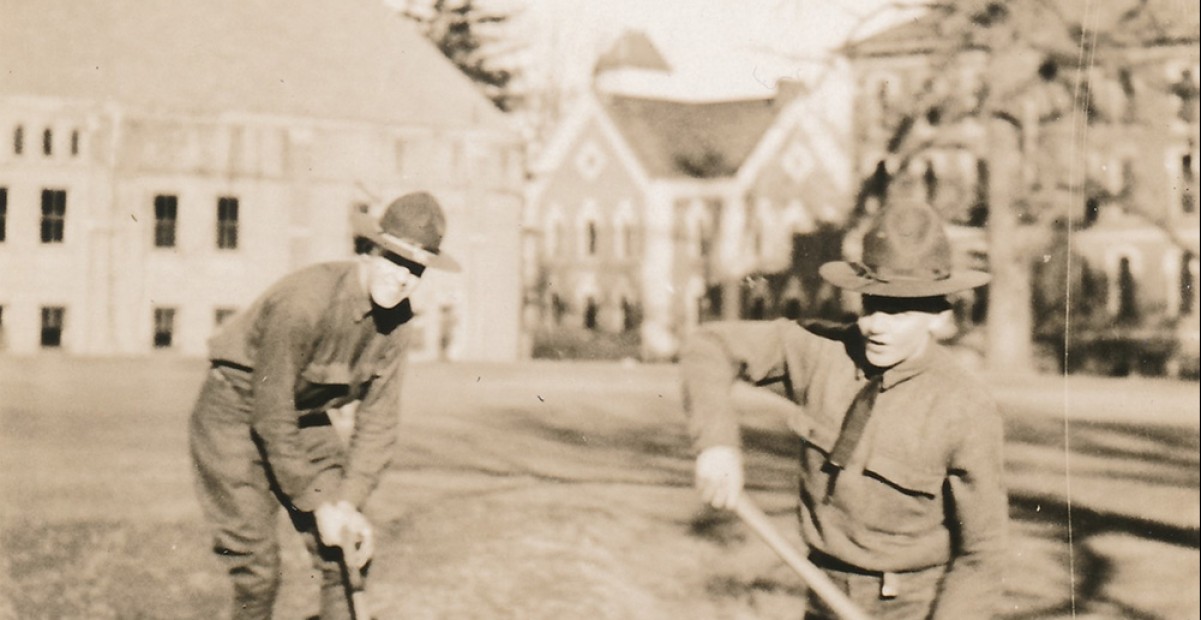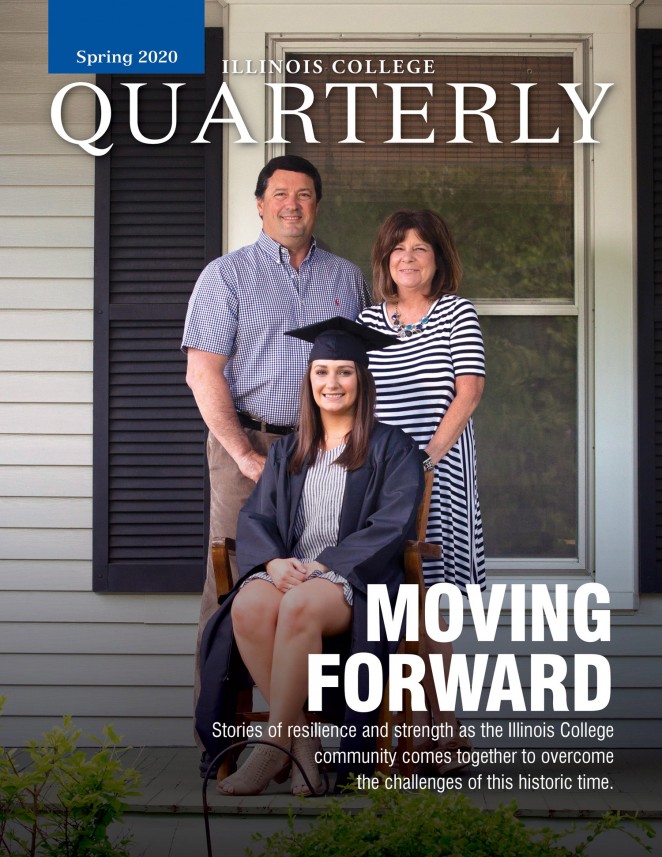Illinois College navigates historical challenges and change

The school itself is quarantined, separating those who remain on-campus from those off-campus. But scholarship, service and good work continue.
Such words describe Illinois College during the COVID-19 pandemic, but the circumstances also describe the school at various points in history.
“Occasionally caught in a calm, now and again buffeted by storms ... she has sailed sturdily on.”
In his text “Illinois College: A Centennial History,” IC President Charles H. Rammelkamp details the college’s resilient spirit as: “Occasionally caught in a calm, now and again buffeted by storms … she has sailed sturdily on.”
Nearly one hundred years later this steadfast sentiment remains. A brief exploration of the Hilltop’s history highlights how determination and tenacity serve as hallmark traits of the campus community.
Early on, the College was at the epicenter of a devastating cholera epidemic. Faculty meeting minutes from the spring and summer of 1833 noted that while instruction continued, the closing exercises of the term were indefinitely postponed. Students concerned with personal safety were given permission to return to their homes, and those who remained acted with great courage, working alongside faculty as the school itself became a makeshift hospital.
Highs and lows in the economy throughout the 19th and 20th centuries frequently compromised the College’s financial security and threatened its future. Fractured loyalties split the Hilltop during the Civil War, and the outbreak of WWII led to curriculum and calendar changes, as well as the College’s first-ever mid-year graduation in January 1943.
Over the last 191 years, social and political movements have caused discourse and divide. There are more moments in our institutional history that detail a persistent spirit during unprecedented times, but a closer inspection of events 100 years ago reveals how Illinois College navigated a particularly challenging period.
The outbreak of the Great War in 1917 led many campuses across the United States to implement immediate, swift, and necessary changes to academic and institutional operations.
“The ordinary activities of the campus were soon thrown into confusion by the supreme need of the hour,” wrote President Rammelkamp. Students voted in the spring of 1917 to suspend all athletic activity and shift energy and efforts to military and first-aid training. Both the campus and the country faced countless unknowns, as rapid change unfolded locally and globally.
“Naturally great uncertainty prevailed regarding the probable conditions that might exist at the opening of college in the fall ... We resolved to continue our work, with such modifications of the course of study as attendance and other circumstances might dictate.”
Rammelkamp’s remarks on the future were cautious and conservative: “Naturally great uncertainty prevailed regarding the probable conditions that might exist at the opening of college in the fall ... We resolved to continue our work, with such modifications of the course of study as attendance and other circumstances might dictate.”
The U.S. Government asked colleges and universities to modify both curriculum and academic calendars to meet the changing needs of the moment. IC faculty voted to offer “War Certificates” to students who gave up their academic pursuits to enlist. The 1917-1918 academic year brought changes in enrollment and modified curriculum offerings. In spring 1918, the U.S. Government established military training units on campuses across the country, leading Rammelkamp to work actively to secure a unit of the Student Army Training Corps (S.A.T.C.) at Illinois College. Nearly all student and campus activity was suspended or significantly altered. Wartime training and related efforts continued into the 1918-1919 academic year, with faculty and staff adjusting and adapting to meet the needs of the changing campus.
Then, with training still in its early phase on campus, the 1918 flu pandemic hit both Illinois College and the city of Jacksonville. Campus life evolved and adjusted to meet the demands of the moment, as Rammelkamp and his staff quickly installed a quarantine to limit the spread of the disease. When the Armistice was declared in November, the campus celebrated but festivities were limited due to quarantine regulations. Illinois College was spared significant loss, though it did experience casualties from both the war and disease.
Then, just as it seemed campus life would resume, on a summer night in 1920 Sturevant Hall caught fire, its upper floor engulfed in flame. Limited wind and solid construction prevented total devastation and its distinctive towers were spared.
As Illinois College continues to navigate the COVID-19 pandemic, our campus community can look back and learn from the historical storms it has weathered.
Since 1829, Illinois College has faced changes and challenges linked with economic depression and war, natural disasters, and disease. As Illinois College continues to navigate the COVID-19 pandemic, our campus community can look back and learn from the historical storms it has weathered. Following a tumultuous period of immense uncertainty and upheaval, President Rammelkamp’s words from the 1920s remain true today: “The future beckons us to still greater achievement in the cause of higher education and public service.”
This is the first in a series of articles which will explore the Illinois College community’s resilience during challenging periods in history.


